Backpacking Food: How to Meal Prep
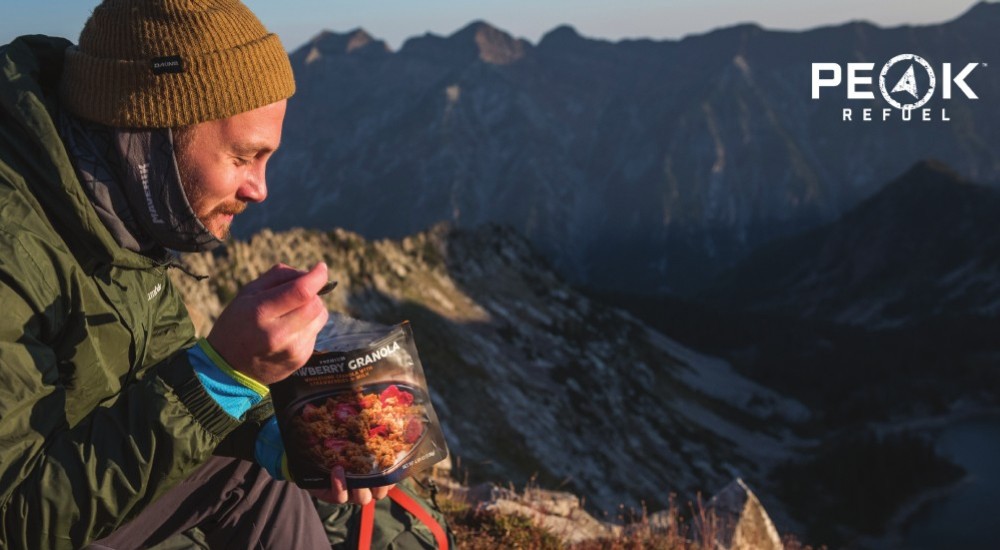
When you’re roughing it in the backcountry, it’s important to ensure you’re still meeting all of your body’s nutritional needs. Activities like backpacking require a lot of energy, meaning having an extra supply of food is essential to having a safe and enjoyable experience. Whether you’re new to the backcountry or looking to add some variety to your wilderness diet, you can come prepared with this guide on backpacking meals.
What Types of Foods Should I Bring?
While refrigeration is not available when you’re backpacking, there is still a wide variety of foods that you can eat and easily store. As a general rule, you should stick to foods that are lightweight, portable, and have a longer shelf life. This can include nuts, cereals, breads, granola bars, and more.
Dried fruits and meals are also a popular choice for backpacking food. You can find pre-packaged dried foods or make your own and enjoy your favorite meals wherever you go. To prepare your own dried meals for the trail, you can use a food dehydrator or freeze dryer. We’ll help you determine whether either of these are worth your investment by highlighting the benefits of each.
Dried Food for Backpacking: Dehydrating vs. Freeze Drying
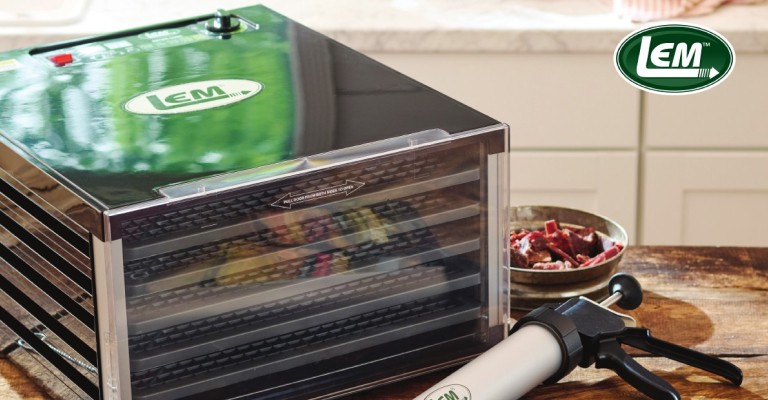
At first glance, freeze drying and dehydrating may seem similar, but there are some key differences to consider when deciding between investing in a dehydrator or a freeze dryer. From cost, preservation time, types of foods you can dry, to even food texture, several factors can determine which option is better for you when preparing backpacking meals.
Food Dehydrators
Food dehydrators are the more budget-friendly option, with costs ranging anywhere from $50 to a few hundred dollars. Using heat to remove moisture, food dehydrators can preserve foods for up to a year. Dehydrated foods still retain a small amount of moisture, which can result in a chewy or leathery texture depending on the type of food. This makes food dehydrators great for making your own jerky or fruit leather. However, rehydrating some dehydrated foods can be difficult, which is where freeze drying is the better option.
Freeze Dryers
Freeze dryers have an entry-level cost of around $3,000, making them a larger investment. Learning how to freeze dry food is easy and the process is simple. Plus, there are some benefits to freeze drying where dehydrators fall short. Freeze dryers use extreme cold temperatures to form a vacuum and remove 99% of moisture from foods, resulting in a shelf life of up to 25 years. Freeze dried foods have a light, fluffy, crisp texture and can easily be returned to their original state through rehydration. As a result, freeze dryers are ideal for drying pre-made meals to be rehydrated and consumed later. Freeze dried foods are also more lightweight than dehydrated foods, which makes them an ideal food to bring backpacking.
Rehydrating Food
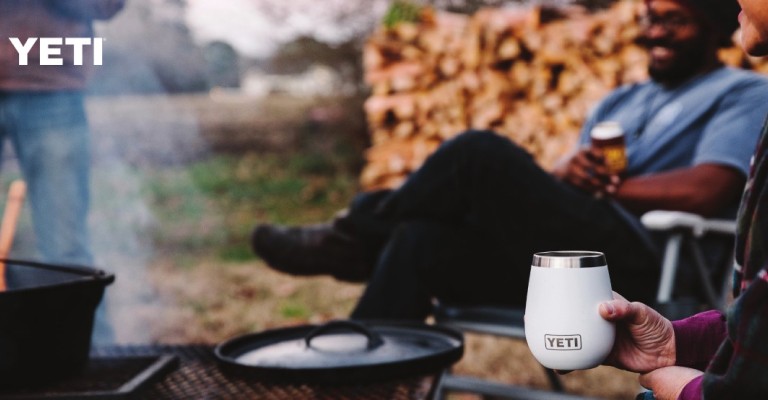
While dried foods can be enjoyed on their own, rehydration is great for cooking full meals while camping. Both dehydrated and freeze dried foods can be rehydrated, but the process will look slightly different for each one.
For freeze dried foods, the process can be as simple as adding water. To rehydrate fruits, spritzing with cold water or soaking in a bowl will return them to their original state. Meats, vegetables, and meals that you would eat warm can be brought back to life by mixing in hot water.
Dehydrated foods require slightly more time to rehydrate. You’ll want to have some camping pots handy to heat up water and give food time to simmer. With equal parts dehydrated food and water, allow the food to soak for a few minutes and bring the water to a boil. Let it simmer for up to 10 minutes, then turn off the heat, cover it, and allow it to sit until the food is tender and thoroughly rehydrated. This process may vary slightly for different meals, so you’ll want to experiment at home to figure out what works best.
How Much Food Should I Pack?
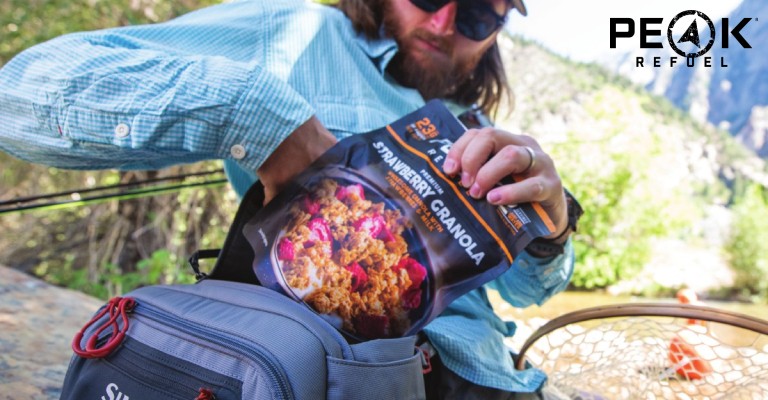
After you’ve determined what kind of backpacking meals you want to prepare, it will be time to figure out how much food you need to pack. This varies widely depending on your body weight and amount of daily activity, but will typically range from 2,500 to 4,500 calories worth of food per person each day. Two pounds of food per day is usually a sufficient amount, but as a general rule, play it safe and always pack extra.
How Should I Store Food for Backpacking?
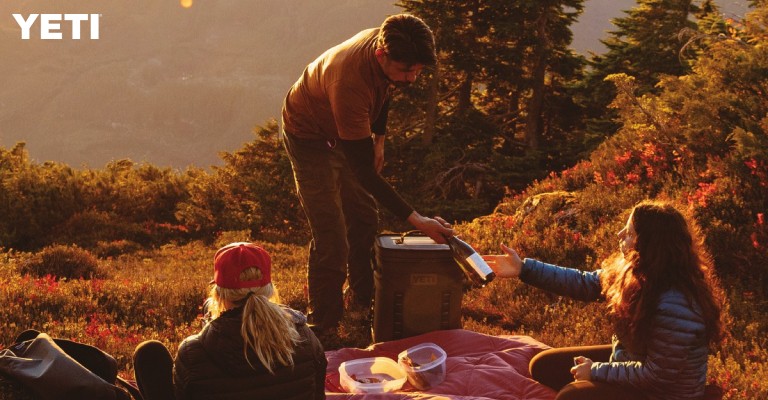
When packing food for backpacking, you’ll generally be consuming food within a short-term span. Reusable storage bags or vacuum-sealed bags are lightweight and should suffice for carrying food in your pack, but for backpacking food storage at night, you’ll want to take some extra precautions to keep wildlife away. In forests and parks where you run the risk of encountering a bear, you’ll either want to hang your food on a tree or some poles, or keep your food stored in a bear canister or bear bag.
Once you’ve planned, prepared, and packed all of your backpacking meals, you’ll be all set to retreat to the backcountry. For additional information and tips, you can check out our other All Bait Storage or reach out to our experts at your local ERLEBNISWELT-FLIEGENFISCHEN.